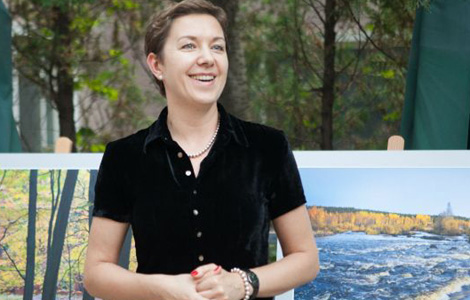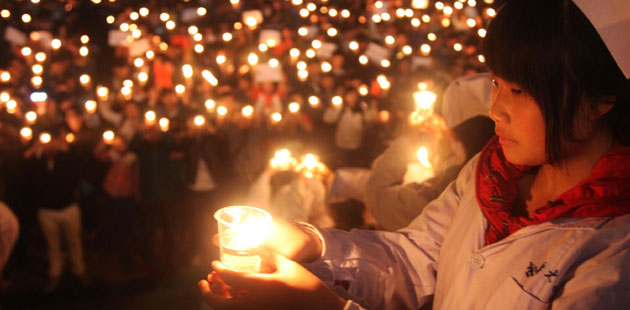China-Trinidad and Tobago cultural relations expanding
Updated: 2013-06-02 02:08
(China Daily)
|
||||||||
The cultural relations between China and Trinidad and Tobago have grown by leaps and bounds in recent years, with an increasing number of exchange visits by art groups and more diversified forms of performances, China's Ministry of Culture said.
Wuju, a kind of opera in Jinhua, East China's Zhejiang province, is one of the favorites of the people of Trinidad and Tobago.
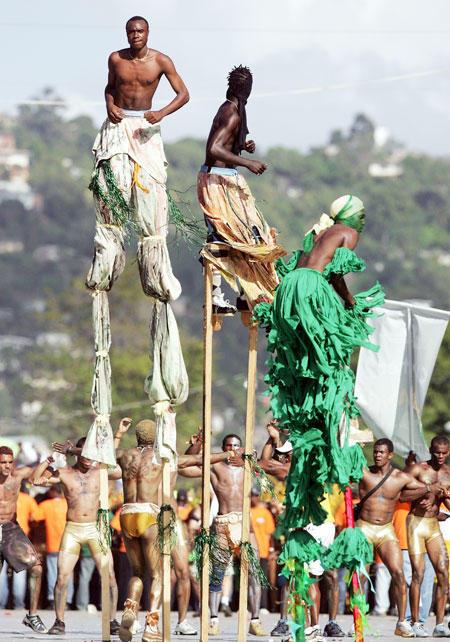 |
|
Revelers walk on stilts during a parade at a carnival at Port of Spain. China and Trinidad and Tobago have strengthened their cultural exchanges. [Photo/Xinhua] |
In March, China's Ministry of Culture sent the Wuju Opera Troupe of Zhejiang to perform at the Queen's Hall in Port of Spain.
Yan Lixin, director of the troupe, said their performances were highly praised by Lincoln Douglas, the country's Minister of Arts and Multiculturalism.
"Douglas said he was so lucky to have the opportunity to enjoy the splendid Chinese local opera," Yan said. "He had a meeting to attend on the night of the show, but he enjoyed the Wuju show so much that he left reluctantly at the last minute before the meeting started."
The troupe was not the first Chinese art group to perform in the island country.
According to China's Ministry of Culture, art exchanges have been carried out since the two countries established diplomatic relations in 1974, and in the past, China's acrobatics was commonly seen in Trinidad and Tobago.
In January 2005, China signed a cultural agreement with Trinidad and Tobago to enhance artistic and cultural exchanges between the two countries.
The two countries agreed to encourage and support direct contact and cooperation between governmental and non-governmental institutions, organizations and people in fields such as theater, music, dance and other artistic groups.
Artistic and cultural exchanges will continue, the Ministry of Culture said.
Yang Le, a 31-year-old folk singer from People's Culture Center in Luohu district, Shenzhen, Guangdong province, went to Trinidad and Tobago with other Shenzhen folk musicians and dancers in May 2012.
Their first performance in the country was given in the national center for the performing arts, where all the 1,200 seats were sold out. "When the curtain went down at the end of the performance, we got a standing ovation," Yang said.
Zhang Chonggao, director of Weifang Kite Fair Office of Shandong province, shared the good memories he had when he and his colleagues exhibited Weifang traditional kites in Trinidad and Tobago.
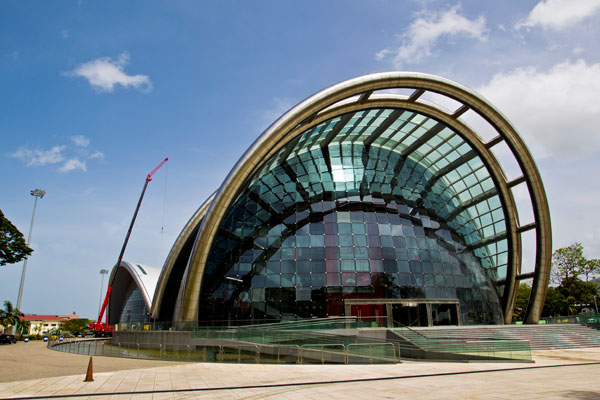 |
|
The national center for the performing arts in Port of Spain, which was built with aid from China. [Photo/Xinhua] |
Zhang, 50, who has been working in the kite industry for 12 years, was an organizer of the Weifang Kites Exhibition held in Trinidad and Tobago in November 2012. In a stadium, Zhang and his colleagues showed people how to fly the traditional Weifang kites.
"Many people, grown-ups, children and even government officials were attracted to fly the kites together with us," Zhang said. "The activity went on for a whole afternoon, and we all had fun."
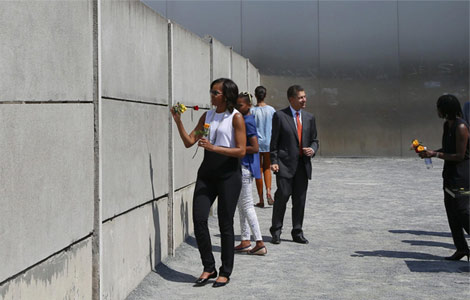
 Michelle lays roses at site along Berlin Wall
Michelle lays roses at site along Berlin Wall
 Historic space lecture in Tiangong-1 commences
Historic space lecture in Tiangong-1 commences
 'Sopranos' Star James Gandolfini dead at 51
'Sopranos' Star James Gandolfini dead at 51
 UN: Number of refugees hits 18-year high
UN: Number of refugees hits 18-year high
 Slide: Jet exercises from aircraft carrier
Slide: Jet exercises from aircraft carrier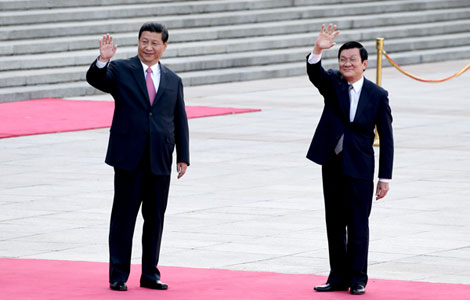
 Talks establish fishery hotline
Talks establish fishery hotline
 Foreign buyers eye Chinese drones
Foreign buyers eye Chinese drones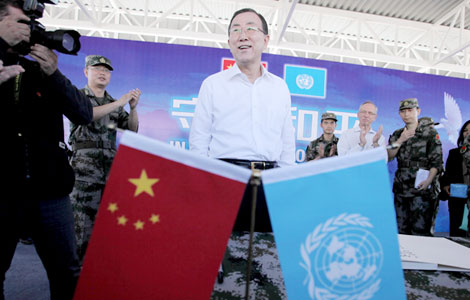
 UN chief hails China's peacekeepers
UN chief hails China's peacekeepers
Most Viewed
Editor's Picks

|

|
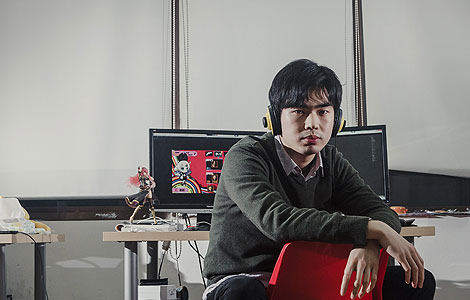
|
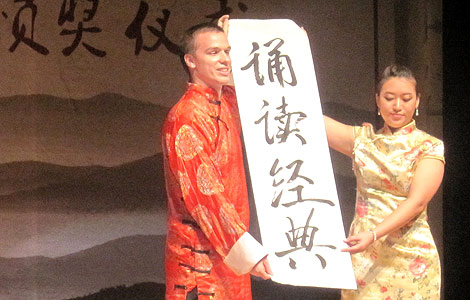
|

|

|
Today's Top News
Shenzhou X astronaut gives lecture today
US told to reassess duties on Chinese paper
Chinese seek greater share of satellite market
Russia rejects Obama's nuke cut proposal
US immigration bill sees Senate breakthrough
Brazilian cities revoke fare hikes
Moody's warns on China's local govt debt
Air quality in major cities drops in May
US Weekly

|

|

